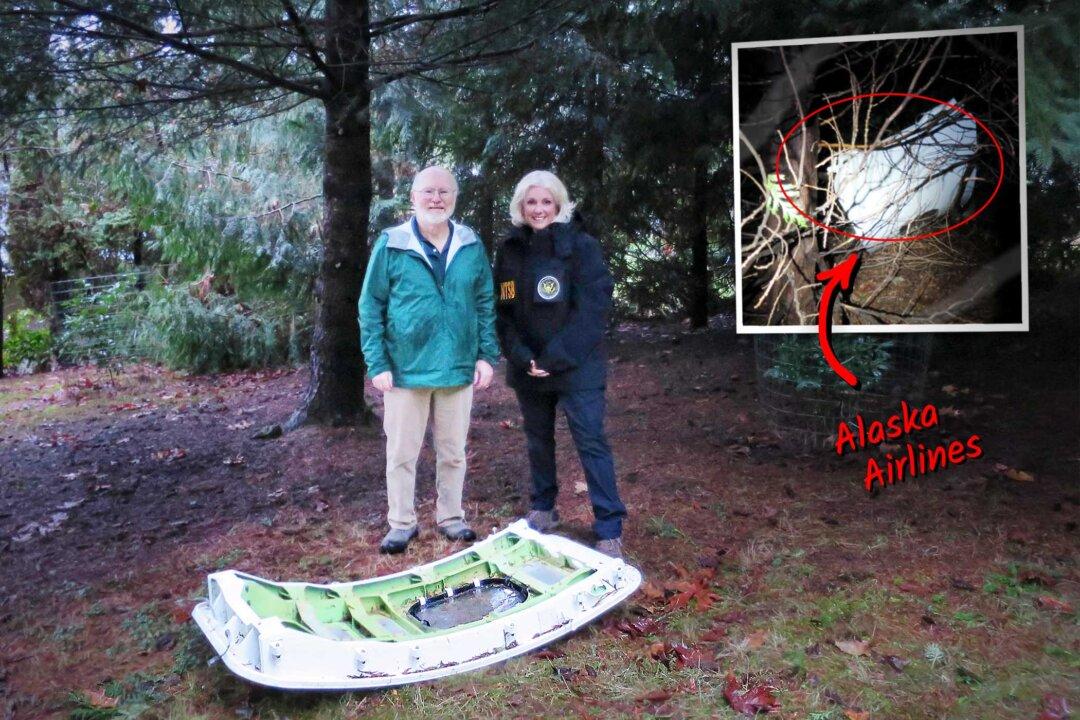Bob Sauer grasps the physics of how a door blown out of an Alaska Airlines flight landed unscathed in his backyard earlier this month.
“I think one of the reasons was that the door came down through my trees in the backyard. They are cedar trees,” Mr. Sauer, 64, a high school science teacher at Caitlin Gabel in Portland, told The Epoch Times.






